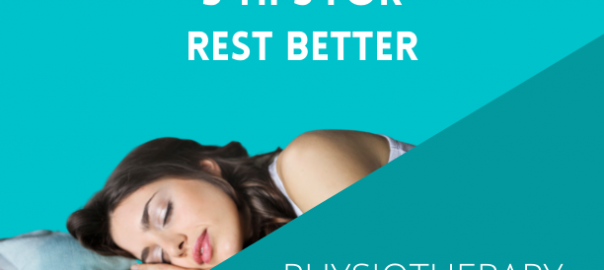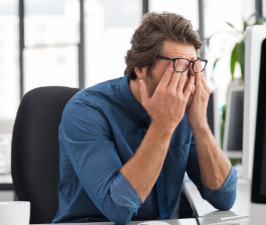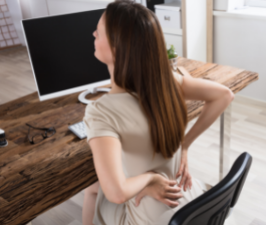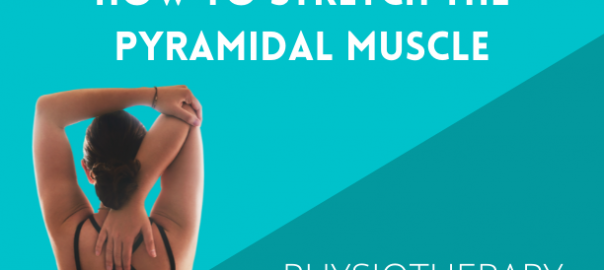


According to the Ministry of Health, between 11 and 27% of working people in Spain suffer from a mental health problem as a direct consequence of their work. This alarming figure has been one of the incentives for countless studies on psychology and work environment.
The latest global economic crisis accentuated these figures as a result of staff cuts, lower wages, the increase in the volume of work per person and the lack of work-life balance, among other factors. Currently, and as a result of the health and economic crisis we are facing, these data have skyrocketed.
If you feel that work occupies a large part of your time and your thoughts, and you suffer episodes of stress more and more frequently, we encourage you to put these tips into practice with which to improve your day-to-day work.
-Identify the source of stress, to try to avoid this type of situation.
-Adopt healthy habits as a routine. Sport, a balanced diet and respecting sleep hours will help you reduce stress.
-Look for support inside and outside the office. Trust your superiors and your team to share your emotions and express how you feel. Also do it with people in your environment who are not part of your work.
-Set limits and delegate tasks. Define your duties well and learn to delegate tasks when you can’t absorb more work.
-Practice relaxation techniques. Putting these types of techniques into practice will help you manage these types of situations more calmly.
-Respect breaks. It is essential to disconnect from your daily tasks from time to time, as well as to take the corresponding break to eat. And above all, try to sleep a minimum of 8 hours a day.
-Expression of your feelings and emotions with professionals in the field. In addition to putting these tips into practice, we recommend that you put your situation in the hands of professionals, they will help you to improve your mental health considerably.
See you in the next post!!!

Surely you or one of your colleagues has had physical discomfort on occasion as a result of the postures adopted throughout the day in front of a computer. In this article we leave you 10 tips to substantially reduce this type of conflict
1.Practice exercise to prevent injury
2.Place the top of your monitor at eye level
3 keep your work area well lit
4. Rest every 5 minutes and take the opportunity to look out the window and focus from afar
5.Get up from the chair every 30 minutes and take the opportunity to take a short walk or do some stretching
6. Become aware of your posture and try to stay aligned with the chair or when you are standing. It is important that you keep it when using any mobile device, for this place them at chest height
7. Use a comfortable seat that encourages a correct, upright and aligned posture
8.Use accessories such as footrests or lifting trays for laptops
9.Wear comfortable shoes and put your feet firmly on the ground
10. Try to maintain a temperature in your workplace between 17º and 24º, this will prevent bodily discomfort from arising


A person with a low gaze, a curved back, drooping arms, half-bent knees and dragging his feet when walking. How do you think this person is, sad or happy?
And a person with a smile on his face, with his head held high, firm step, back straight. How do you think this person is?
Emotions can change our posture, certainly not 100% but largely yes. The posture we take in the face of feelings of tiredness, grief, or joy reflects a state of mind that is directly related to emotions or feeling.
This has been described in the biological field by Darwin, who already told us that body movement and facial expressions play a very important role in communication between members of the same species, transmitting information about the emotional state of the body. ‘organism.
So can we improve our posture to improve our mood?
The answer is yes, we have recent studies that people who maintained a high posture presented better self-esteem and better humor than those who were shrunken. Posture often projects our mood, so it’s important for everyone to be aware of their posture.
We also find a relationship with sport or physical activity, because if we do not do it regularly, we can lose muscle tone. Therefore it can also affect to have a more closed posture, and this will lead us to a more negative mood.
So can we do things to be happier?
Ellen Goldman in her book As others see us published by Routledge in 2004, gives us some indications of how to influence this postural and consequently emotional change:
- Be aware of your posture by correlating it with your thoughts
- Assess whether thoughts (feelings) are useful and / or effective
- Try, if necessary, to take a new attitude
- Introduce a feeling of change in the body
- Use posture to help generate positive feelings.

How many times have you heard the whole body is related, and in this case, too. The spine articulates with the pelvis from the sacrum. And the hamstrings originate in the hamstrings, which are in the posterior area of the pelvis. Therefore, if we have excessive tension and a lack of flexibility in these muscles they cause the pelvis to tilt back and change the position of the sacrum and spine, causing problems in this area.
From the platform we can teach you how to stretch these muscles and others related to safety. If you want to learn or we value which stretches would work best for you, contact us.

To fight low back pain it is very important to have a strong and stable core. The core is the central area of the body, ie the lumbar and abdominal area. You can achieve this by doing specific strength and postural exercises. If you want more information, SomBenestar physiotherapists can help you.
